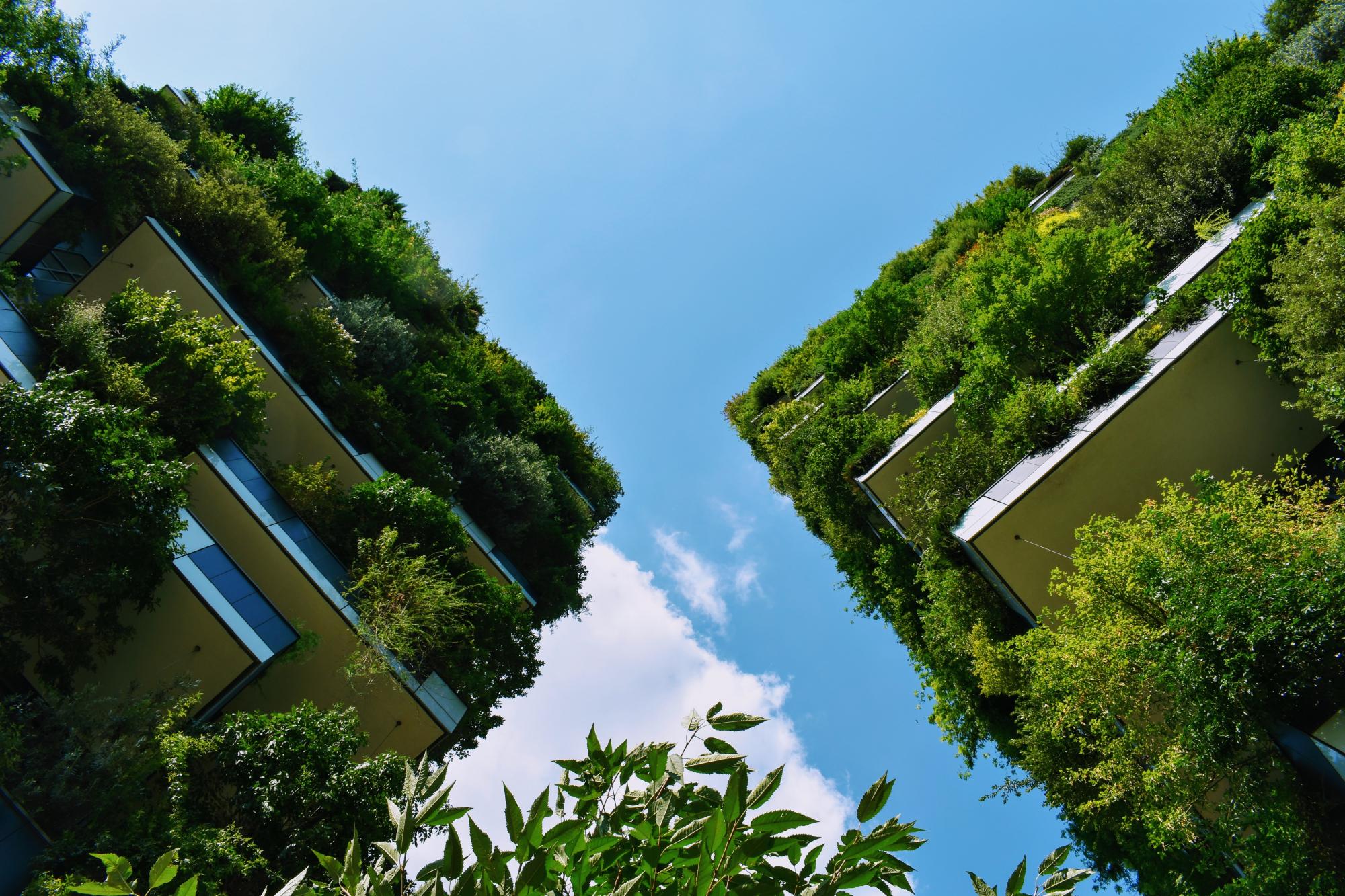Revitalization of a large urban park in the Walle and Gröpelingen districts of Bremen. The current park constitutes a neglected area of the former port and shipyards sites with around 4,000 small garden parcels.The local government consulted with numerous societal actors the envisioned project, which aims at the revitalization of the park's both green and blue infrastructure. The goal of the intervention is to create a large recreational park for the districts of Walle and Gröpelingen, which will improve the image of the districts, help with their economic revitalization and provide sustainable practices for urban green care and community gardening (Ref. 2, 3). "Between September 2017 and September 2020, the Green West of Bremen was the focus of the federally funded project "Green Urban Labs" (Ref. 5). As of 2020, "Several of these building blocks have already been started or implemented and have led to an improvement in the cooperation between the actors on site, to an upgrading of the infrastructure and biotopes as well as to an increase in the popularity of the previously rather unknown area" (Ref. 5).
Overview
Nature-based solution
- Parks and urban forests
- Large urban parks or forests
- Community gardens and allotments
- Allotments
- Blue infrastructure
- Lakes/ponds
Key challenges
- Water management (SDG 6)
- Stormwater and rainfall management and storage
- Green space, habitats and biodiversity (SDG 15)
- Habitat and biodiversity conservation
- Green space creation and/or management
- Regeneration, land-use and urban development
- Promote natural styles of landscape design for urban development
- Health and well-being (SDG 3)
- Enabling opportunities for physical activity
- Creation of opportunities for recreation
- Economic development and employment (SDG 8)
- Real estate development
Focus
Project objectives
Implementation activities
Biodiversity conservation or restoration-focused activities
Biodiversity conservation:
- Protect and enhance urban habitats
- Preserve and strengthen existing habitats and ecosystems
- Create new habitats
- Reduce negative impacts and avoid the alteration/damage of ecosystem
Main beneficiaries
- Citizens or community groups
Governance
Management set-up
- Government-led
Type of initiating organisation
- Local government/municipality
Participatory approaches/ community involvement
- Co-planning (e.g. stakeholder workshops, focus groups, participatory mapping)
- Consultation (e.g. workshop, surveys, community meetings, town halls)
Details on the roles of the organisations involved in the project
Project implemented in response to ...
Financing
Total cost
Source(s) of funding
- EU funds
- Public local authority budget
Type of funding
- Earmarked public budget
- Direct funding (grants, subsidies, or self-financed projects by private entities)
Non-financial contribution
Impacts and Monitoring
Environmental impacts
- Green space and habitat
- Increased green space area
- Reduced biodiversity loss
- Enhanced support of pollination
Economic impacts
- Stimulate development in deprived areas
Socio-cultural impacts
- Social justice and cohesion
- Improved access to urban green space
- Increased visibility and opportunity for marginalised groups or indigenous peoples
- Increased sustainability of agriculture practices
- Health and wellbeing
- Gain in activities for recreation and exercise
Type of reported impacts
Presence of formal monitoring system
Presence of indicators used in reporting
Presence of monitoring/ evaluation reports
Availability of a web-based monitoring tool
References
2. Press office of the Senate, (2016), 'Brochure on the Bremen Bremen West Recreation Park' ('Broschüre zum Naherholungspark Bremer Westen'). Available at: Source link (Accessed: October 24, 2020).
3. Strategy for the project, (2016) 'A green oasis for Walle and Gröpelingen' (Eine grüne Oase für Walle und Gröpelingen) (Document attached).
4. Gropelingen (2020). "Grüner Bremer Westen (ehemals: Naherholungspark West)". Available at: Source link (Accessed: October 24, 2020).
5. Freie Hansestadt Bremen (2020). "Grüner Bremer Westen Im Westen Bremens entsteht ein 480 Hektar großer Naherholungspark". Available at: Source link (Accessed: October 24, 2020).

